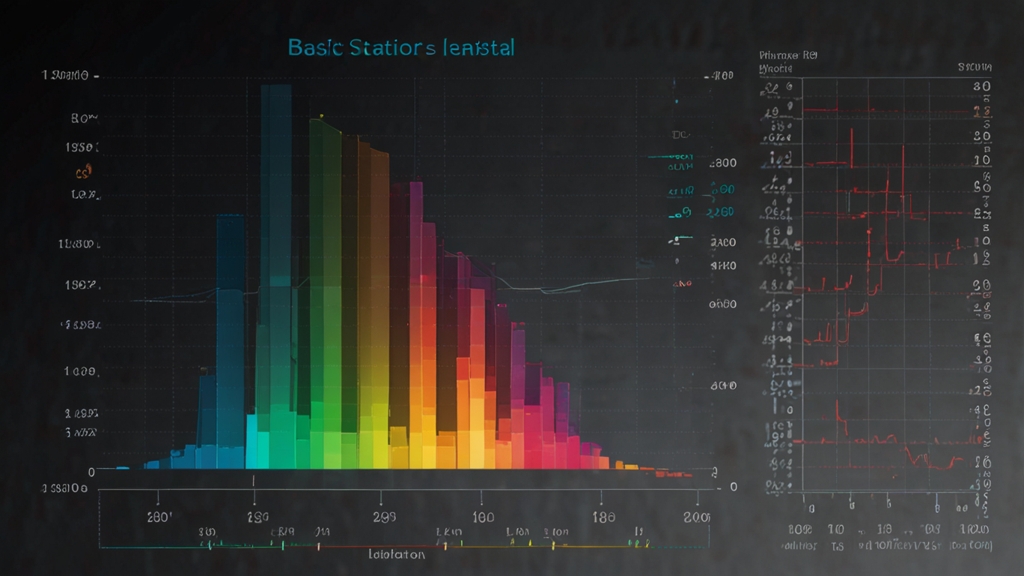Introduction
The figure of Moses is one of the most significant in religious history, revered by Judaism, Christianity, and Islam. Traditionally, Moses is credited with leading the Israelites out of Egyptian slavery and receiving the Ten Commandments on Mount Sinai. However, the historical veracity of Moses as a specific individual has long been a topic of intense debate among historians and scholars. This article aims to explore what historians have to say about Moses, offering a closer look at various perspectives and evidence.
Historical Context and Textual Evidence
The primary sources of information about Moses come from religious texts, particularly the Hebrew Bible (or Old Testament). According to these texts, Moses lived sometime during the Late Bronze Age, which would place him around the 13th to 15th centuries BCE. Despite their detailed narratives, these texts are theological documents and not historical accounts in the modern sense.
One of the key challenges for historians is the lack of contemporary corroborative evidence. Archaeological records from this period in Egypt do not mention Moses, the Exodus, or Israelites in the way described in the Bible. This absence of evidence makes the task of validating Moses' historicity incredibly challenging.
Archaeological Interpretations
Although no direct archaeological evidence of Moses has been found, some historians and archaeologists argue that certain findings can be indirectly linked to the Biblical narrative. For example, evidence of Semitic people living in Egypt and their eventual departure has been cited as a possible connection to the Exodus story.
However, others caution against these interpretations. The evidence is often fragmentary and can be interpreted in multiple ways. As noted by scholar William G. Dever:
"The problem with using archaeological evidence to prove the existence of Moses and the Exodus is that we cannot expect to find direct evidence of an individual and events described in theological terms. Instead, we find layers of cultural and societal changes that may or may not align with those traditions."
Literary and Mythological Analyses
Many scholars approach the story of Moses from a literary and mythological perspective, suggesting that the narrative serves to solidify national identity and religious beliefs rather than record factual history. These scholars argue that Moses could be a composite character, representing various leaders and prophets who played crucial roles over different periods.
Renowned biblical scholar Richard Elliott Friedman has noted:
"The story of Moses is too integral to the identity of Jewish scriptures to be dismissed purely as myth. It is likely that the narratives blend historical elements with mythological embellishments to meet theological needs."
Modern Scholarly Consensus
While there is no unanimous consensus among historians regarding the historicity of Moses, the prevailing scholarly view leans towards a skeptical but open stance. Most agree that while Moses is a foundational figure within religious texts, concrete historical evidence remains elusive. The story's endurance in cultural memory suggests that it holds profound significance, whether or not Moses was a real historical figure.
Conclusion
Moses stands as a pivotal figure whose story has shaped religious belief systems and cultural identities for millennia. Historians continue to study the existing evidence, balanced carefully between skepticism and respect for the profound influence of these ancient narratives. Whether Moses was a historical figure or a symbolic construct, his story's lasting impact on humanity is undeniable.
In the end, the question of Moses' historicity may remain unanswered, yet his significance — in religious, historical, and cultural terms — continues to invite inquiry and reflection.






